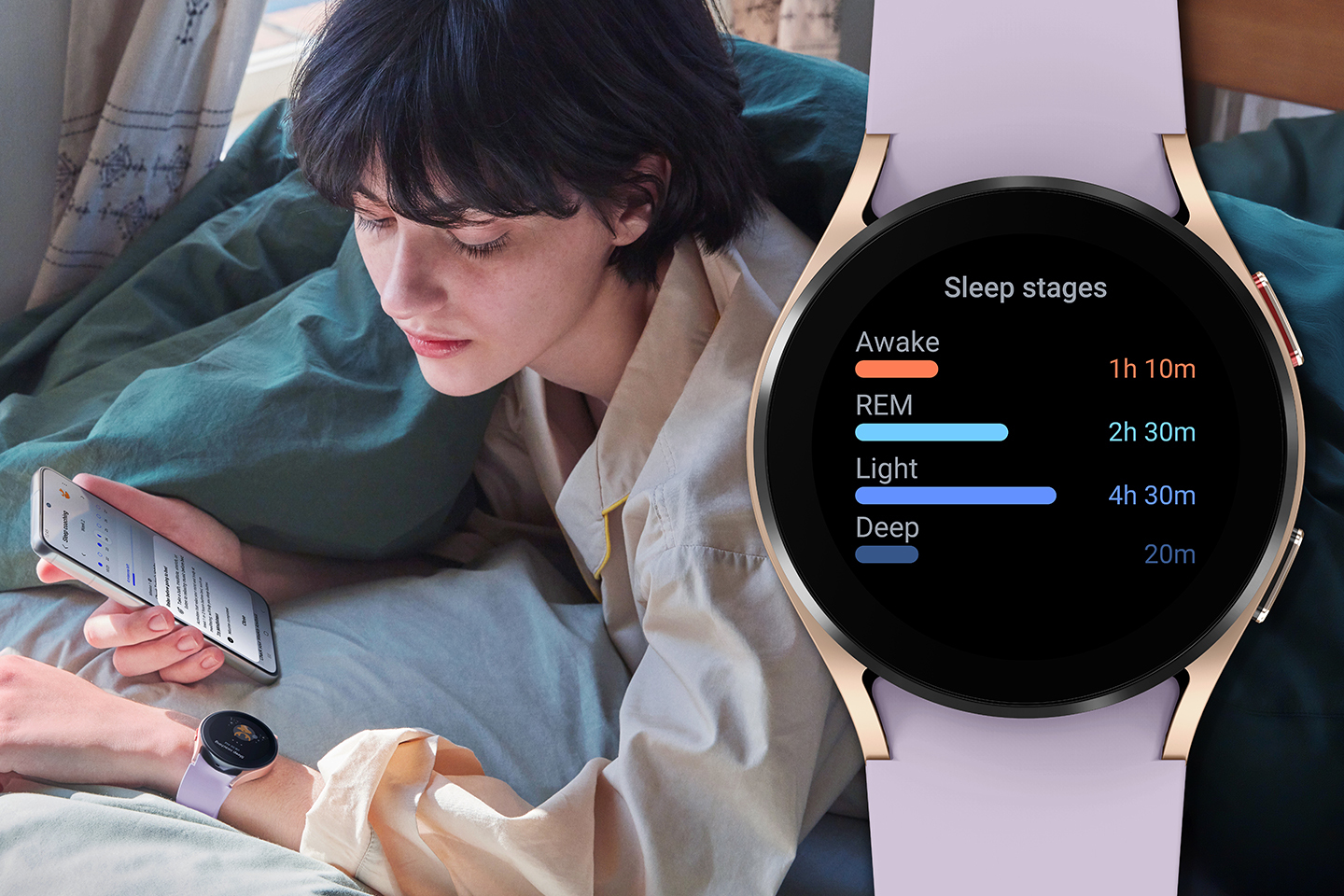“At National Sleep Foundation, we think technology can help make it easier for some people to do important things during the day and night so they can be their Best Slept SelfTM.” – John Lopos, CEO, National Sleep Foundation
It’s easy to get lost in the hustle and bustle of our lives in today‘s world. We recognise the importance of placing sleep foremost, yet our to-do list seems to never end, which can add to our stress levels.
This was highlighted in a recent study by the National Sleep Foundation (NSF), one of the world’s leading sleep organisations, that found that during the pandemic, more people in the US slept longer, but the quality of that sleep suffered.
In fact, the NSF believes one of the biggest challenges facing the public is the need to keep prioritizing sleep for our health and well-being. Embracing the continuously growing category of sleep technology can be beneficial. Cutting-edge and evolving technologies are reinventing and improving the public’s sleep experience, from smart environmental controls to smart sleep tracking. Consumer brands, such as Samsung, are prioritising sleep-related capabilities in their products, putting sleep technology at the forefront of the industry.
To find out more about the impact sleep technology can have on improving sleep health, we sat down with NSF CEO John Lopos to take a closer look at the intersection of sleep and technology.
Managing Routines and Tracking Progress
According to the NSF’s 2022 Sleep in America® Poll, there’s a significant opportunity to improve daily activities that are associated with positive sleep and health outcomes. The amount of physical activity you get in a day, and the amount of light exposure you receive during the day and around bedtime, all have an impact on your sleep health and are all manageable.
The NSF has specific guidelines and recommendations for positive sleep health, and this, Lopos said, is where “technology can be a thread that runs through our sleep experience. It helps us as a reminder, a facilitator, a communicator, and a tracker, and can play a role in helping meet the NSF’s recommendations for better sleep – both while awake and asleep.”

Controlling Your Sleep Environment
The right kind of light exposure during the day and night can make the difference between a good night’s sleep and a restless night. With nearly 60 percent of Americans saying they look at screens very often or somewhat often in the hour before bed or while in bed before sleep, it’s no wonder sleep quality is on the decline as light from phones, laptops,s, and TV screens can significantly impact sleep.
And while technology can be the culprit when used inappropriately, like viewing screens too close to bedtime, it can also be part of the solution. “As people prepare for sleep, technology can help establish a sleep-friendly environment, help with a wind-down process that makes people feel more calm and relaxed, and then — and this is important — take its place in the background without disrupting a person’s sleep,” noted Lopos. A good example of this is the SmartThings functionality which allows users to program a pre-set time to turn off the bedroom TV and turn down the lights as part of a bedtime routine to help prepare them to sleep and create better sleeping conditions throughout the night.

Adjusting Sleep Patterns
While sleep technology has the potential to benefit long-term health, it can also help users adjust their sleep patterns in the near term. Daylight Saving Time, whether “springing forward” or “falling back,” can have a significant impact on sleep. To help prepare, the NSF advises prioritising natural daylight exposure, adjusting your clocks the night before the time change, and going to bed a little earlier each night in the week leading up to the time change to adjust your sleep schedule. The NSF also encourages the practice of relaxation techniques to help get a good night’s sleep every day, including during a time change disruption. The Samsung Health app and the Galaxy Watch4 can help with this by allowing users to manage their mindfulness through features like breathing, meditation, and stress monitoring.

Better Sleep Today and Tomorrow from Samsung
Samsung has introduced features on the Galaxy Watch4 that empower users to track and meet wellness goals and help them work toward a better night’s sleep, based on this understanding of the power of sleep technology.
For example, the new sleep coaching program on the Galaxy Watch4 helps users achieve better sleep habits and achieve their sleep goals. The Samsung program assigns one of eight sleep symbol animals representing the user’s sleep type after tracking sleep patterns over seven days and completing two related sleep surveys. Then, it guides users through a four-to-five-week coaching program that includes missions, checklists, guides, and reports to support users as they work towards improving their sleep health.




The NSF wants to see even more access to sleep technology, believing that the sleep technology industry will ride new waves of collaboration and knowledge sharing. With wearable devices now a regular part of many people’s lifestyles, tracking and understanding elements of sleep are more common than ever. “We’re going to see even more integration across wearable and connected devices, lifestyle and wellness platforms, and home goods,” Lopos affirmed. “People’s choices and feedback will confirm there’s lots of room for products and services that use sleep technology.”
The future of sleep technology is promising, and Samsung is committed to developing and enhancing its sleep offerings and capabilities with the sleep expertise of the National Sleep Foundation.
To learn more about the Galaxy Watch4 series or the National Sleep Foundation, please visit: Galaxy Watch4: https://www.samsung.com/my/watches/galaxy-watch/galaxy-watch4-black-bluetooth-sm-r870nzkaxme/buy/
Galaxy Watch4 Classic: https://www.samsung.com/my/watches/galaxy-watch/galaxy-watch4-classic-black-bluetooth-sm-r890nzkaxme/buy/
National Sleep Foundation: http://www.thensf.org/

– Featuring John Lopos, CEO, National Sleep Foundation


